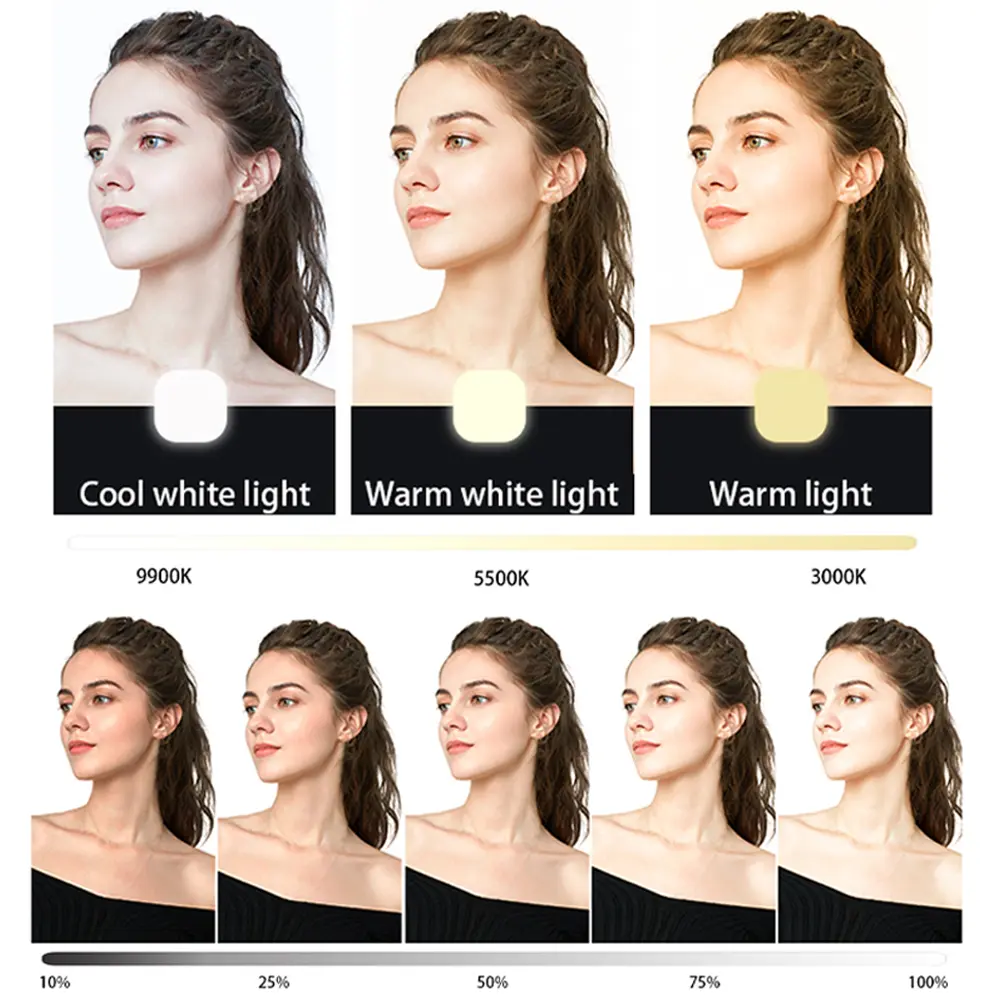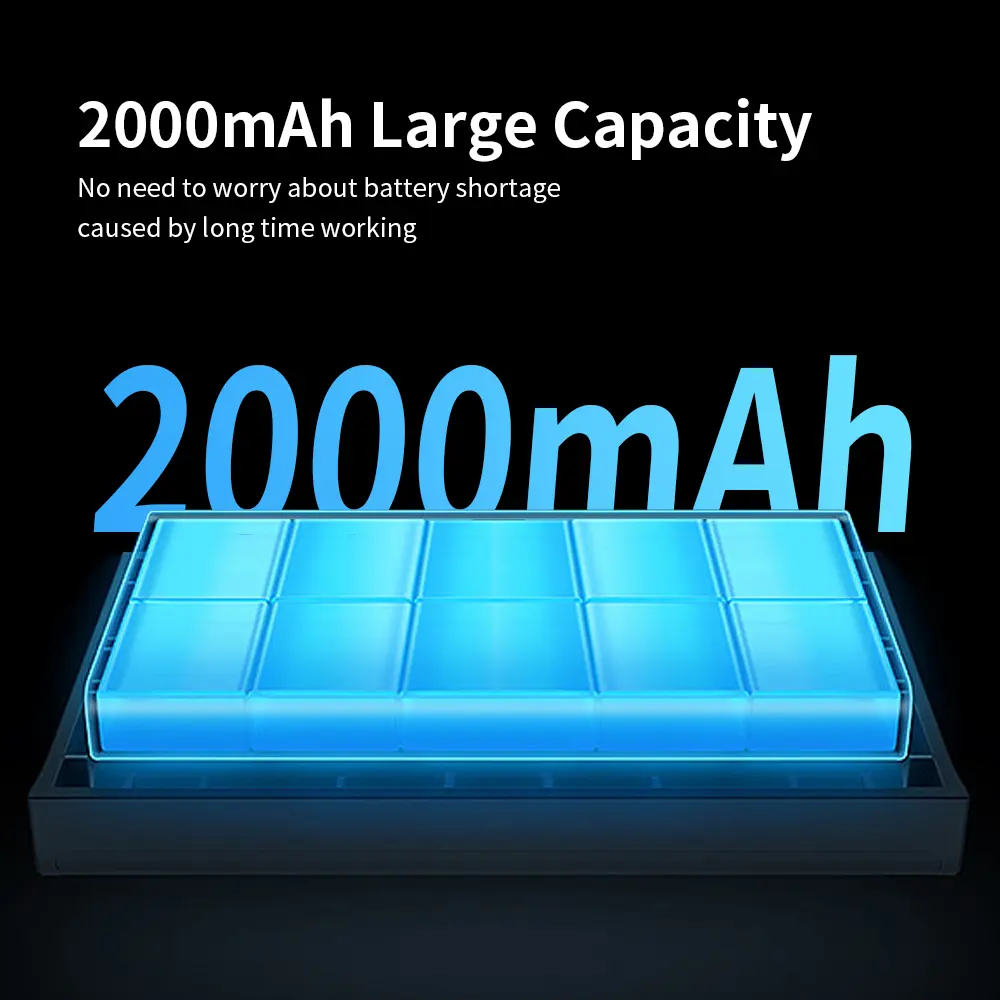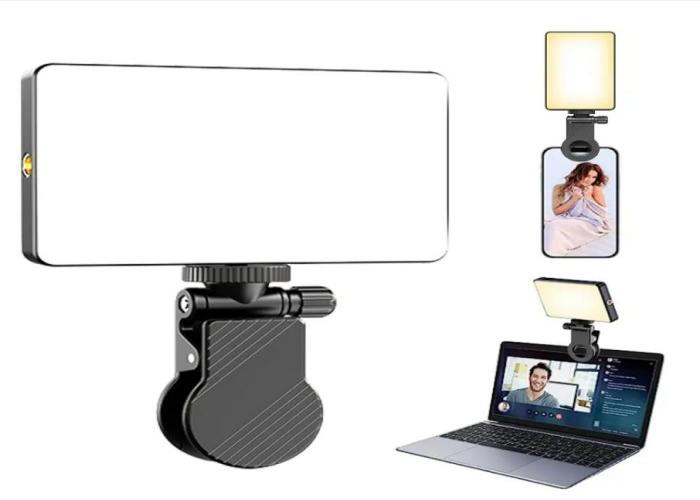Pocket fill lights have evolved beyond simple on-off lighting tools and now offer photographers and videographers precise brightness control in a compact package. How many brightness levels you need depends on your specific use case—from portraiture to product shots and video interviews. While basic models may only offer 3-5 fixed brightness levels, professional-grade pocket fill light now offer 10 or more adjustable brightness settings, and some even feature step-less dimming for unlimited control. The ideal brightness levels strike a balance between creative flexibility and practicality. Too few settings force you to compromise on lighting quality, while too many settings make quick adjustments a chore during a shoot.
The Science Behind Pocket fill light Brightness Measurements
Most manufacturers use lumens as a standard unit, and quality pocket fill lights range from 100 to 1,000 lumens. The human eye perceives brightness on a logarithmic scale, meaning it takes about four times the lumens to perceive double the brightness. This explains why smaller increments at lower light levels (e.g. 100-400 lumens) and more significant jumps at higher light outputs (500-1,000 lumens) often work best in practice.
High-end pocket fill lights now use advanced LED technology that maintains a consistent color temperature at all light levels—a key feature many cheaper models lack. When evaluating light levels, test how well the light maintains color accuracy at minimum and maximum output. Some professional models offer separate brightness and diffuse intensity controls, giving you more fine-grained control over lighting quality without the need for excessive brightness steps.

Ideal Light Levels for Different Photography Styles
Portrait photographers often need more light levels (8-12) to fine-tune facial lighting and shadow detail. Each additional 10-15% light level allows subtle adjustments to compensate for changing ambient conditions while maintaining natural light. For event photography, where lighting conditions change rapidly, 5-7 well-spaced light levels are often more practical and can be adjusted quickly without digging through menus. Product photographers working with reflective surfaces may need the most fine-grained control, and some prefer step-less dimming to eliminate hot spots and glare. Videographers often need fewer light levels (5-8) to balance with constant ambient light rather than adjust like a flash.
How Pocket fill light Brightness Affects Battery Performance?
Light level directly affects how long a pocket light can last, with higher light outputs draining the battery exponentially. Premium lights achieve this through efficient power regulation—a 50% light setting consumes under half the maximum output power. Look for models that offer incredible detail at low light levels (where you’ll use it most often) and reasonable runtime at high light outputs to meet your additional needs.
Intelligent light management systems in high-end pocket lights can extend battery life by 20-30% compared to basic models. Some professional devices automatically adjust brightness based on remaining battery power to maintain consistent performance throughout a shoot. When evaluating light levels, consider how many you can use before recharging—there’s no point having 12 levels if the first three drain the battery in 15 minutes.

Light Level Interface: Balancing Control and Ease of Use
The interface for adjusting the light levels on a pocket fill light can significantly impact the experience. Rotary dials offer quick, tactile control, perfect for videographers who need to adjust the light on the fly. Button-controlled models with clear LED indicators are great for photographers who must adjust the light between shots. Touchscreen interfaces offer the most flexibility but can be cumbersome when operating in environments—well-designed pocket lights group light levels sensibly, often with different “zones” for different use cases. For example, levels 1-3 might be for subtle fill light applications, 4-7 for key light, and 8-10+ for strong sunlight.
Adjust the light to suit your shooting environment.
Urban outdoor shooting requires a different approach to light adjustment than studio shooting. In direct sunlight, you’ll need your pocket light at full brightness (80-100%) to match the ambient light, while an overcast day might require 40-60% output. Indoor environments typically only require 20-40% brightness, while lower settings (10-20%) are great for adding a subtle catchlight to the eyes in portraits. Bright pocket lights now have integrated ambient light sensors that suggest appropriate brightness levels based on your environment. While these automated systems can’t replace human judgment, they provide a good starting point, especially when switching between lighting conditions.
Choose a brightness level that suits your needs.
The best brightness level for your pocket light depends on your specific photographic needs and work style. While casual users may find 5-7 levels sufficient, most professionals prefer 8-12 levels, which are spaced out to provide subtle adjustments and the ability to make significant brightness adjustments as needed. Remember, brightness levels only increase in value when well-organized and can be quickly accessed during a shoot.

